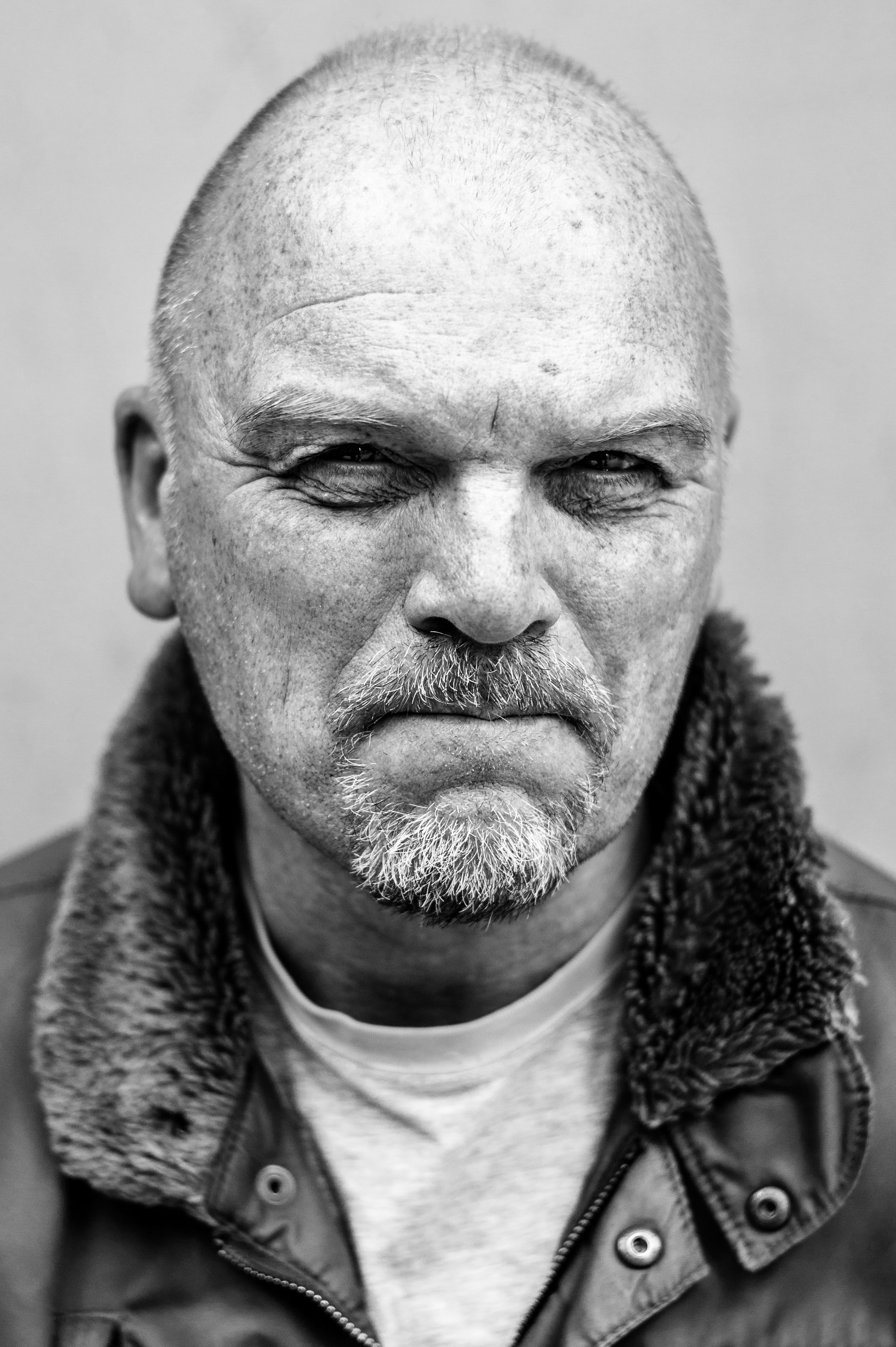PANIC
Music by Andy Vores | Text by Todd Bass
PANIC is a poetic retelling of Knut Hamsun's novella, Pan, for baritone, piano, and electronic soundtrack, and explores themes of solitude, longing and madness in a vivid contemporary musical soundscape.
Title: PANIC
Music: Andy Vores
Libretto: Todd Bass
Duration: 100min
Instrumentation: bari, pno, electronics
Status: Developing
HISTORY
05/20/2014 - Premiered by Florestan Recital Project
ABOUT THE WORK
Panic is a monodrama for baritone, piano, and electronic soundtrack. For some time I had been wanting to write a substantial narrative song cycle but couldn't find a contemporary cycle that wasn't too specifically about the poet's own life. I was, of course, thinking of Schubert's Die Schöne Mullerinbut had no interest in tapping into earlier texts that Schubert himself might have chosen (or, for that matter, rejected).
Poet Todd Boss and I became acquainted in 2009, and I asked if he would be interested in recasting Knut Hamsun's novella Pan as a cycle of poems. Todd was interested, and a year later I had this wonderful cycle of poems to set. Knut Hamsun's Pan has been recast as Panic, a narrative cycle full of the intensity, complex emotional range, and extremes of mood found in the original, but compressed into 34 terse, tense, and dramatically continuous poems.
The following is taken from the Penguin Books' description of Sverre Lyngstad's translation, which provided the basis of Todd Boss's "poetic retelling":
"First published in 1894, Knut Hamsun's Pan is former lieutenant Thomas Glahn's retrospective narrative of his life and adventures in the Norwegian woods. A man of fascinating complexity, Glahn is in some respects a modern successor to a long line of "superfluous" men in western literature, an heir to Goethe's Werther and the protagonists of Turgenev and Dostoyevsky. But this portrait of a man rejecting the claims of bourgeois society for a Rousseauian embrace of Nature and Eros, explores the veiled mysteries of the unconscious by means of thoroughly modern techniques. Pan's quasi-musical modulations of pace and rhythm, its haunting use of leitmotifs which contract and distend time, its startling versions of myth and legend, and its ecstatic evocations of nature in its various phases and moods, all attest to the novel's Modernist innovations. Pan provides a lyrical, yet disturbing analysis of love and the recesses of the psyche. This superb new translation restores the power and virtuosity of Hamsun's original and includes an informative introduction."
Panic is cast in three large sections: introduction / enslavement / separation. In the first the samples are of natural sounds; birdsong, leaves, waves, rain, etc. In the second section, as Glahn becomes more agitated and clumsy and as his passion for Edvarda spirals toward loss of control, we start hearing thicker superimpositions of (electronically manipulated) baroque ensembles, folk ensembles, and mutated instruments pitted against the piano's music. In the final section all of the sounds are made only by the human voice, including some that imitate the natural and instrumental sounds heard earlier.



